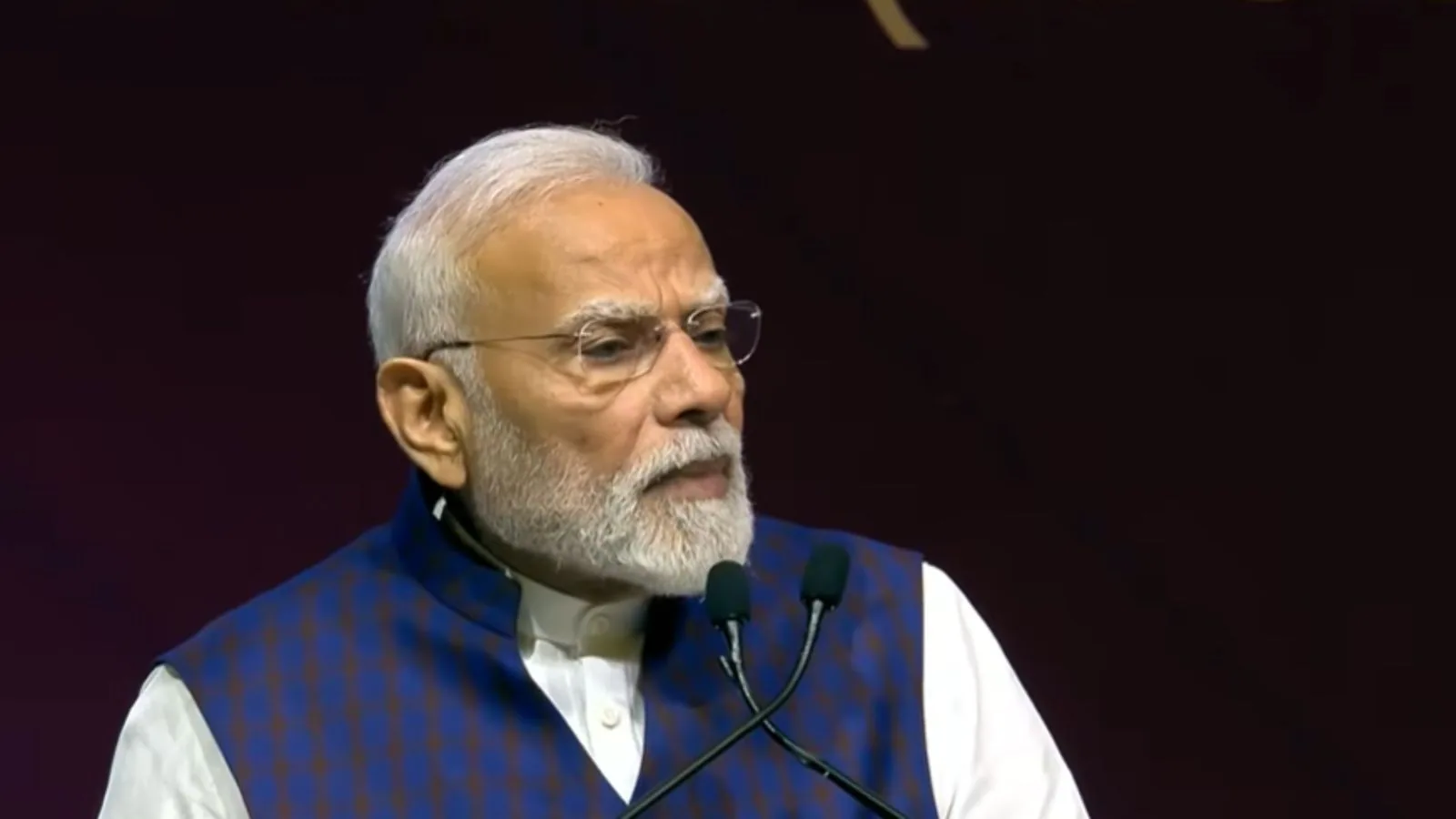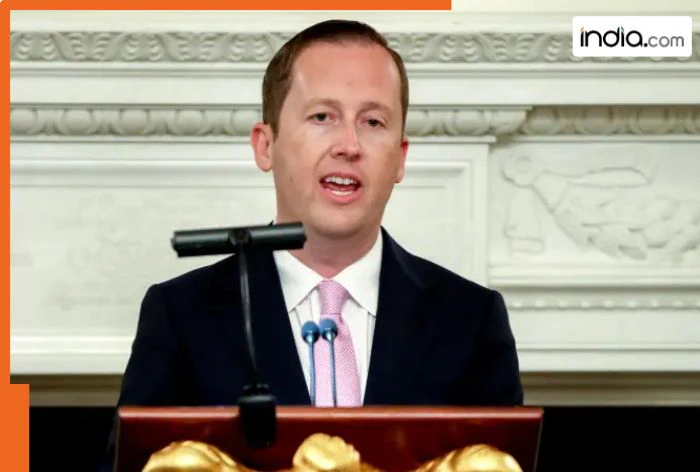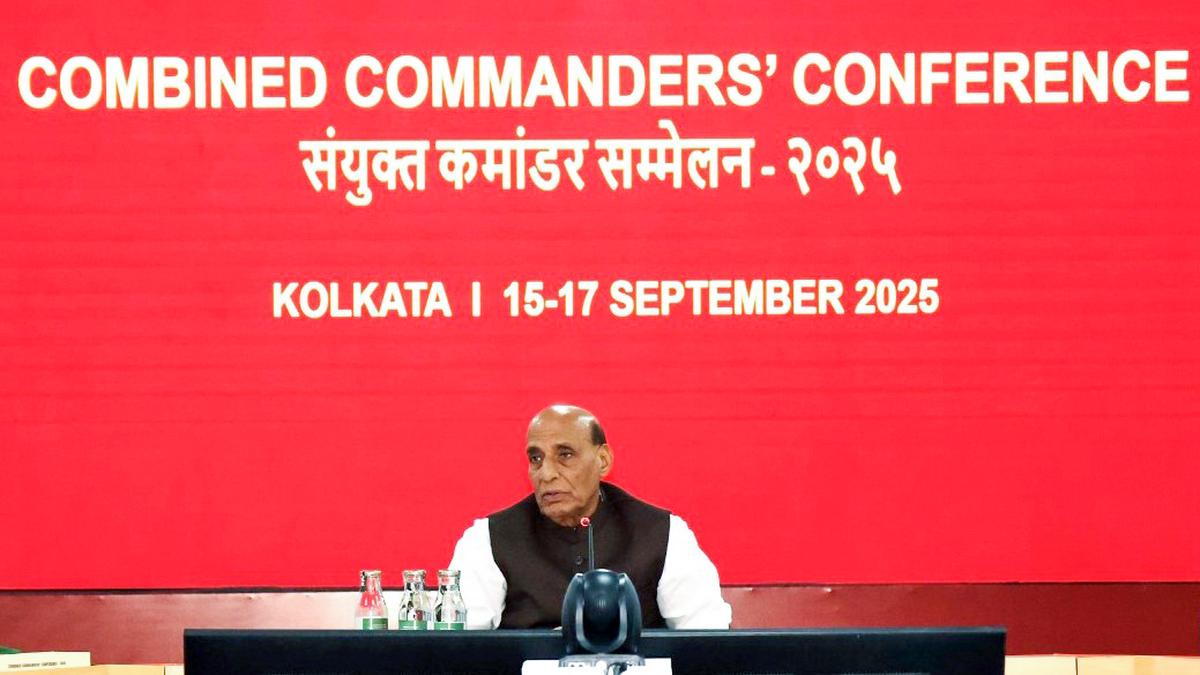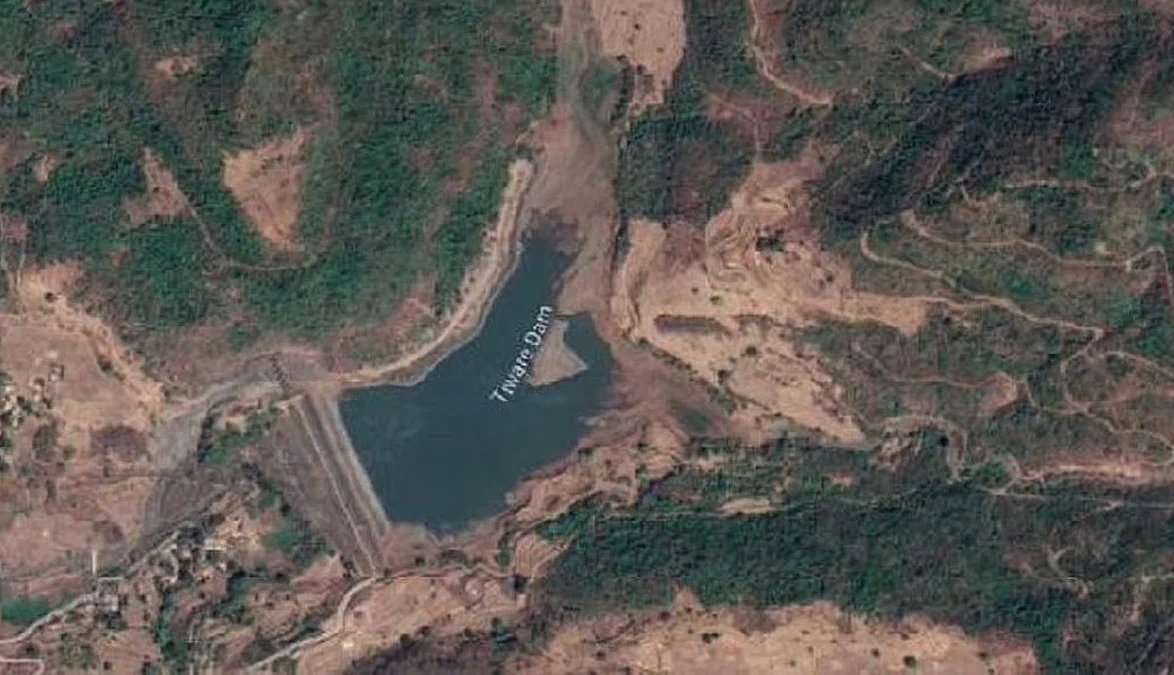By News18,Sanju Verma
Copyright news18

The Modi government has the unique distinction of being voted for the third consecutive time, for the first time in 62 years, since 1962. Prime Minister Narendra Modi’s extraordinary achievement of being elected for the third time in a row gets even bigger, when looked at in the larger global context where incumbents in the last five years have seen their fortunes fading. For example, in the USA, the incumbent Joe Biden was voted out in 2024. In Indonesia, the incumbent coalition lost the Presidential elections in 2024, while in Brazil, the incumbent President was voted out in 2022.
Again, in Japan, the incumbent Party managed to retain power in 2021 only after twice changing its Prime Ministerial candidates. In the Philippines, the incumbent Vice President lost the Presidential elections in 2022 to the challenger. In Thailand, in the General Elections of 2023, the incumbent Prime Minister’s Party lost vote shares and seats to multiple Opposition Parties. In South Africa, the incumbent Party, the ANC, lost the majority in 2024 for the first time after 30 years of rule. In Colombia, the incumbent Party lost Presidential elections in 2022 with the Opposition left wing candidate winning for the first time. In South Korea, the incumbent Party’s Presidential candidate lost in 2022. Amidst global headwinds, PM Modi bucked the trend.
Operation Sindoor/New Normal
Beyond global dynamics, the first year of Modi 3.0 saw a new anti-terror paradigm. Clearly, Operation Sindoor has been a “quantum leap” from the localised 2016 Surgical Strike and the 2019 Balakot Airstrike, targeting multiple, high-value sites deep inside Pakistan’s heartland, including the Punjab province, near Lahore. From basic ground combat (2016) to advanced air-delivered munitions (2019) to sophisticated standoff missiles and drones (2025), Operation Sindoor reflects India’s shift to technology-driven warfare, emphatically establishing India’s new normal,which is essentially about putting the nation first, self-reliance, combat readiness, military agility and above all, a ruthlessly uncompromising attitude when it comes to crushing terror in any form. By targeting terrorist infrastructure with unprecedented precision, by leveraging indigenously made BrahMos, Akash and Made in India Kamikaze Skystriker Drones and putting the 1960 Indus Water Treaty (IWT) on hold, India’s new normal has been clearly defined, with no room for error.
Taxation/GST 2.0 Reform
The cornerstone of PM Modi’s landmark GST reforms is its simplified two-tier tax structure, which will now replace the previous four-slab system with primarily two rates of 5 per cent and 18 per cent. A new 40 per cent tax rate will apply to only a select group of “sin” goods (e.g., tobacco, cigarettes, pan masala) and luxury items (e.g., high-end cars). GST 2.0 will raise disposable incomes, increase purchasing power, empower the common man, support small businesses and strengthen India’s growth trajectory. One of the most significant highlights of GST 2.0 is the complete exemption of individual life and health insurance policies from GST, previously taxed at 18 per cent. Don’t forget, GST was implemented in France for the first time in 1954 with the standard rate largely being 20 per cent. It came into being in New Zealand in 1986 at 10 per cent, before moving to 15 per cent. India, under Modi, is arguably the only country where within just eight years of implementation, the overall revenue neutral rate (RNR) rate was down to just 11.4 per cent, with that likely to fall even further once GST 2.0 comes into effect from September 22, 2025.
Economics: Rating Upgrade/Digital India
S&P Global raised India’s long-term sovereign credit rating to BBB from BBB – after a long gap of 18 years, with the short-term rating being upgraded to A-2 from A-3. S&P praised India as one of the best performing economies in the world, showing strong resilience and sustained growth since the Covid pandemic. Real GDP growth that averaged 8.8 per cent between fiscal 2022 and fiscal 2024, the highest in the Asia-Pacific region, said S&P, was a key reason for India’s rating upgrade. S&P projects average annual GDP growth of 6.8 per cent over the next three years, supporting a moderation in the government debt-to-GDP ratio. Total public investment in infrastructure, including State governments, is estimated at around 5.5 per cent of GDP, matching or exceeding many peer countries. India’s 5G rollout, among the fastest globally, has seen 4.81 lakh base stations installed in just the last two years, ensuring high-speed internet reaches urban hubs and remote outposts like Galwan, Siachen, and Ladakh. The Unified Payments Interface (UPI), has revolutionised digital payments, accounting for 50 per cent of the world’s realtime digital payments. UPI achieved the milestone of over 20 billion monthly transactions for the first time in August 2025, with the total transaction value at Rs 24.85 lakh crore. UPI’s global impact is evident, with countries like Singapore, UAE and France adopting similar systems and Namibia having decided to do so too, after Modi’s visit to this South African nation, earlier this year. UPI’s interoperability, in an ode to Modinomics, has empowered small vendors and street hawkers, integrating them into the formal economy.
FTA/Foreign Policy
The India-UK FTA is a transformative deal designed to significantly enhance bilateral trade, which stood at approximately USD 60 billion in 2024. The agreement aims to eliminate or reduce tariffs on 99 per cent of Indian exports to the UK and 90 per cent of UK exports to India, covering nearly 100 per cent of trade value. For India, the FTA opens up significant export opportunities, particularly for labor-intensive sectors such as textiles, leather, footwear, gems and jewelry, marine products, engineering goods, auto parts, and organic chemicals. This FTA ensures duty-free access to the UK market for nearly all of India’s current exports. This is particularly significant given that the UK is India’s 14th largest trading partner. The agreement will make Indian products more competitive in the UK, enhancing market share for traditional and premium branded exports like Bhagalpur silk, Pashmina shawls, Kolhapuri chappals, and Thanjavur dolls. Equally, India under Modi, is firm on its stance against importing genetically modified (GM) crops from the USA. Most countries protect their farmers and agri-markets with high tariff and non tariff barriers. For instance, average agri-tarifts in South Korea are 57 per cent, 31.1 per cent in Norway, 28.5 per cent in Switzerland, 28.3 per cent in Thailand and 23.5 per cent in Iceland. Europe’s average rate is in fact, higher at 37.5 per cent on dairy products, which can go as high as 261 per cent on fruits and vegetables. On many dairy and farm goods, India has far lower rates compared to the European Union, Japan and South Korea. Hence, for India to not cave into any bullying from global pressure groups or western farm lobbies is the right thing to do. The Modi government has prioritised initiatives such as ‘Make in India’ and ‘Atmanirbhar Bharat’ to enhance domestic manufacturing capabilities and promote exports. The signing of key trade agreements, such as the Regional Comprehensive Economic Partnership (RCEP) and the India-EU Free Trade Agreement, reflect India’s efforts to deepen economic engagement with global partners. Furthermore, PM Modi’s emphasis on bilateral trade ties with countries like ASEAN, GCC, Japan and Australia, has led to enhanced economic cooperation and investment inflows. The strategic alignment of India’s economic interests and her foreign policy has not only strengthened India’s overall resilience but also contributed to her diplomatic leverage on the international stage, with the world sitting up and recognising Modiplomacy and Modinomics as two important dimensions of the same whole.
Sanju Verma is an Economist, National Spokesperson of the BJP and the Bestselling Author of ‘The Modi Gambit’. Views expressed in the above piece are personal and solely those of the author. They do not necessarily reflect News18’s views.



